Why you should NEVER travel the Trans-Siberian Railway
Reason 1: 6 days and 22 hours on the train

If you decide to make the entire Moscow-Vladivostok journey in one sitting (quite literally), then get ready for the fact that in the space of seven days (probably sooner) all the romance of idyllic platforms and the clickety-clack of wheels on the track will evaporate.
The train does make stops, of course, but mostly for 2-3 minutes.
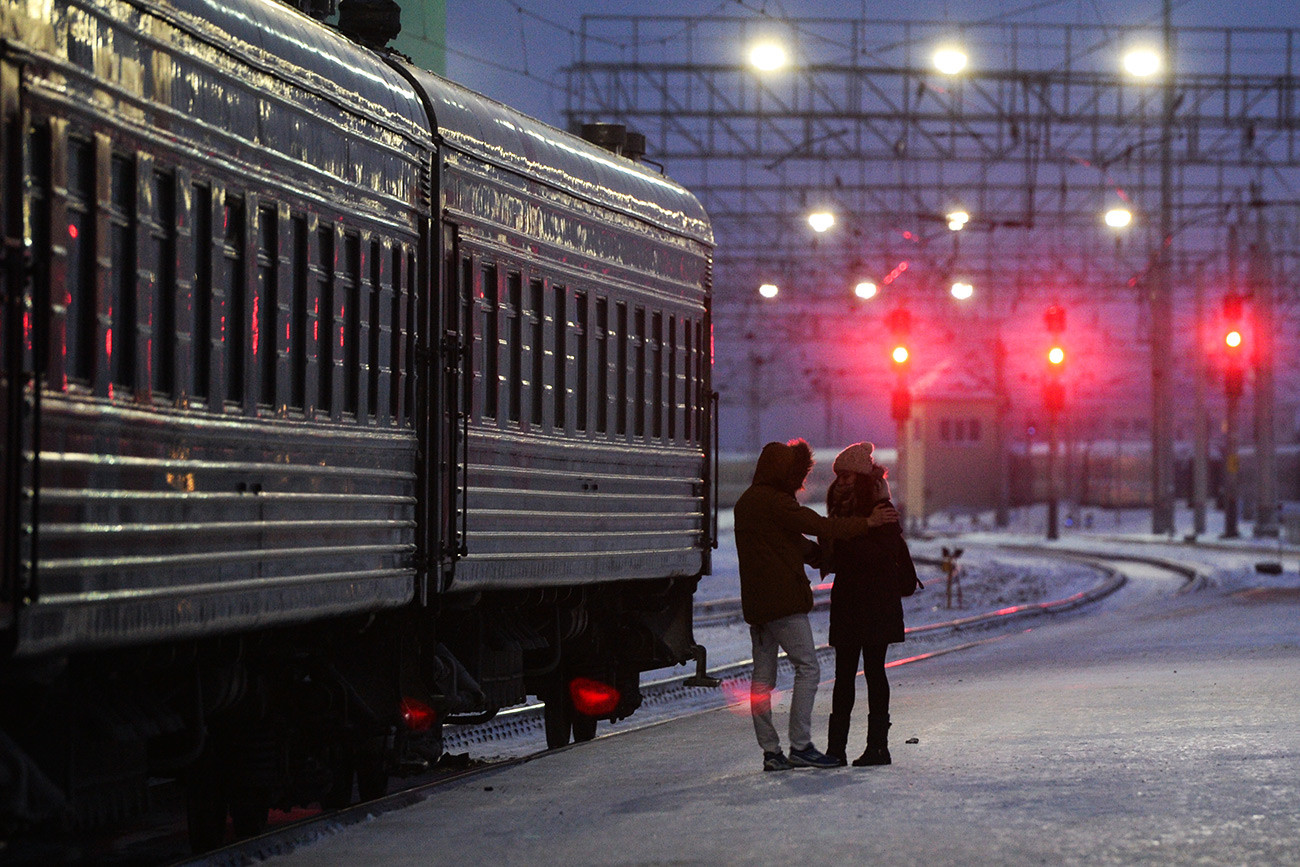
Passengers who want to stop over along the way can extend the validity of their ticket, but not for more than 10 days. If you decide to stay in a city, you need to get your ticket stamped at the station ticket office within three hours of arrival. To resume your trip, you
Sure, the snow-covered birches and fir trees will be touchingly quaint at first, but imagine this zombifying green-and-white zebra racing past your window you for three, four, five days in a row. How about seven?
Reason 2: Toilet and shower
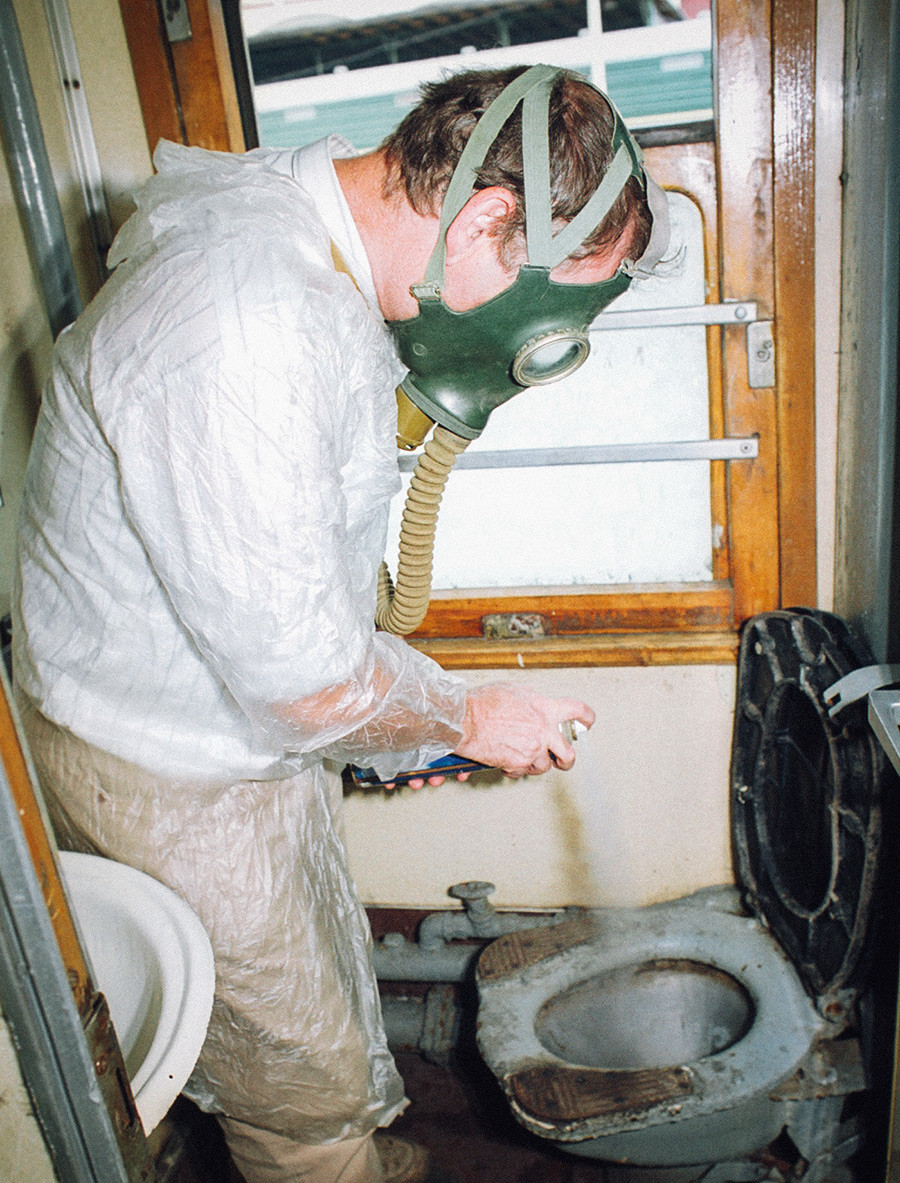
Often, old-style second-class carriages have no dry closet, just a hole for discharging waste onto the tracks below. Not only are such toilets dirtier and smellier, but, worse, the conductor closes them an hour before arriving at
In most new-style railcars, there is a shower (the "shower" icon is indicated only on sleeping compartment tickets).
Reason 3: The conductor is a lottery
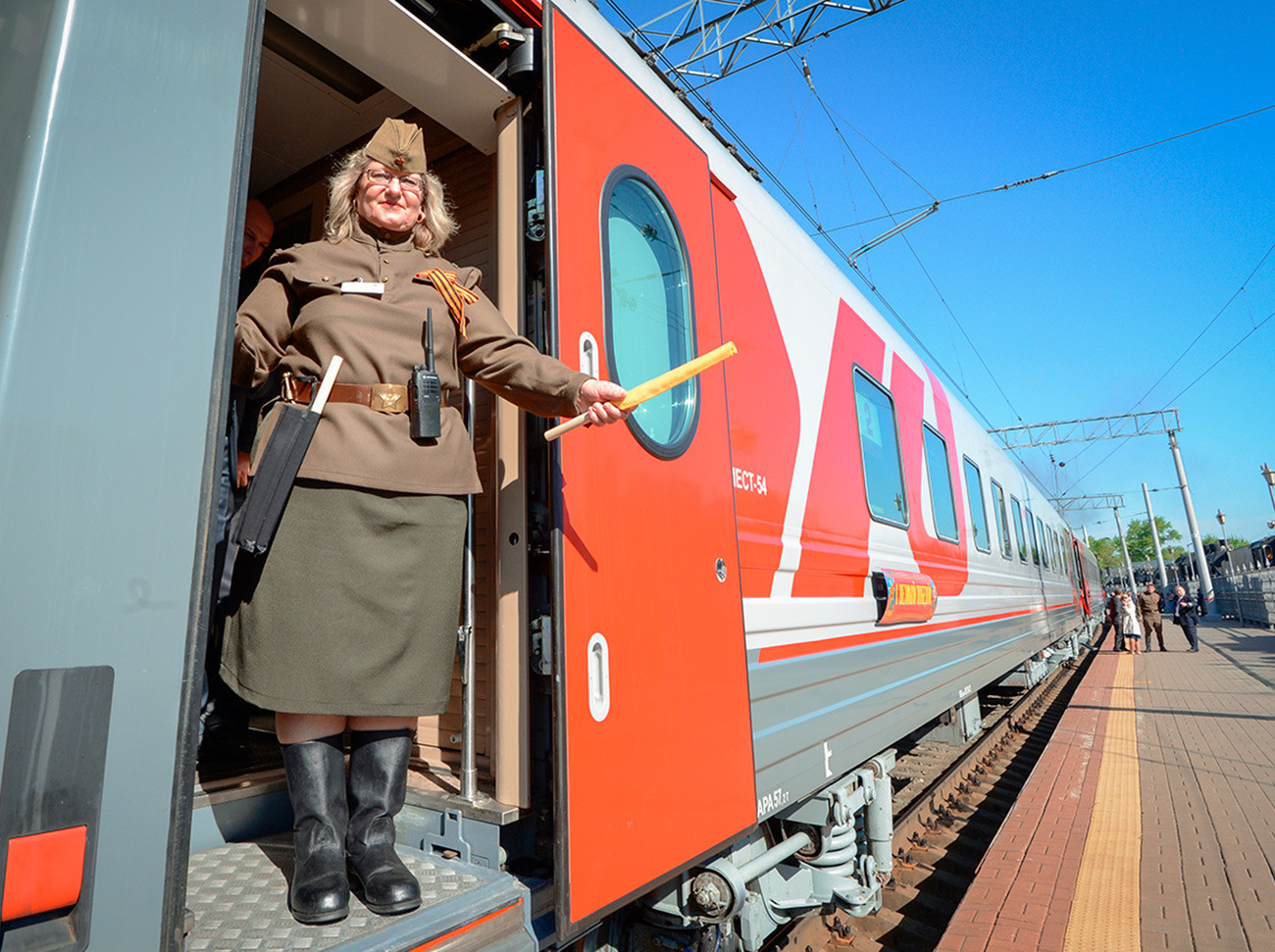
Your conductor is likely to be (a) a woman and (b) one who rules her carriage like a private fiefdom, including the vital issue of toilet access (if it’s not bio). Most of the time, however, she will be a lovely lady happy to assist clueless foreigners.
But if it’s not your lucky day, you might end up with a Soviet-era relic whose idea of help is to frown deeper and shout louder. Don’t even think about drinking alcohol or making a noise. And if you break something, get ready to rumble…
She is also the person who will bring you tea in a fancy glass and cup holder for a couple of kopecks (not adjusting for inflation). In general, it’s worth making friends with her, especially if you want to hear some
Reason 4: You never know who you’ll be traveling with

We’ve all had experience of sitting next to someone unpleasant on a plane. Now imagine that you have to spend seven days and nights with that guy. Snoring, unpleasant
It’s said that travel opens the mind (and other parts of the body if the food's off), and that encounters with strangers can have a therapeutic effect, like seeing a psychotherapist. But your travel companion might easily be a liar or a thief. Foreigners love to talk with ordinary Russians and hear their stories. But if your neighbors are demobilized soldiers fresh out of the army and on their way home, you probably don’t want to be the object of their attention when things get “merry.”
Reason 5: You’ll get pestered on the platform
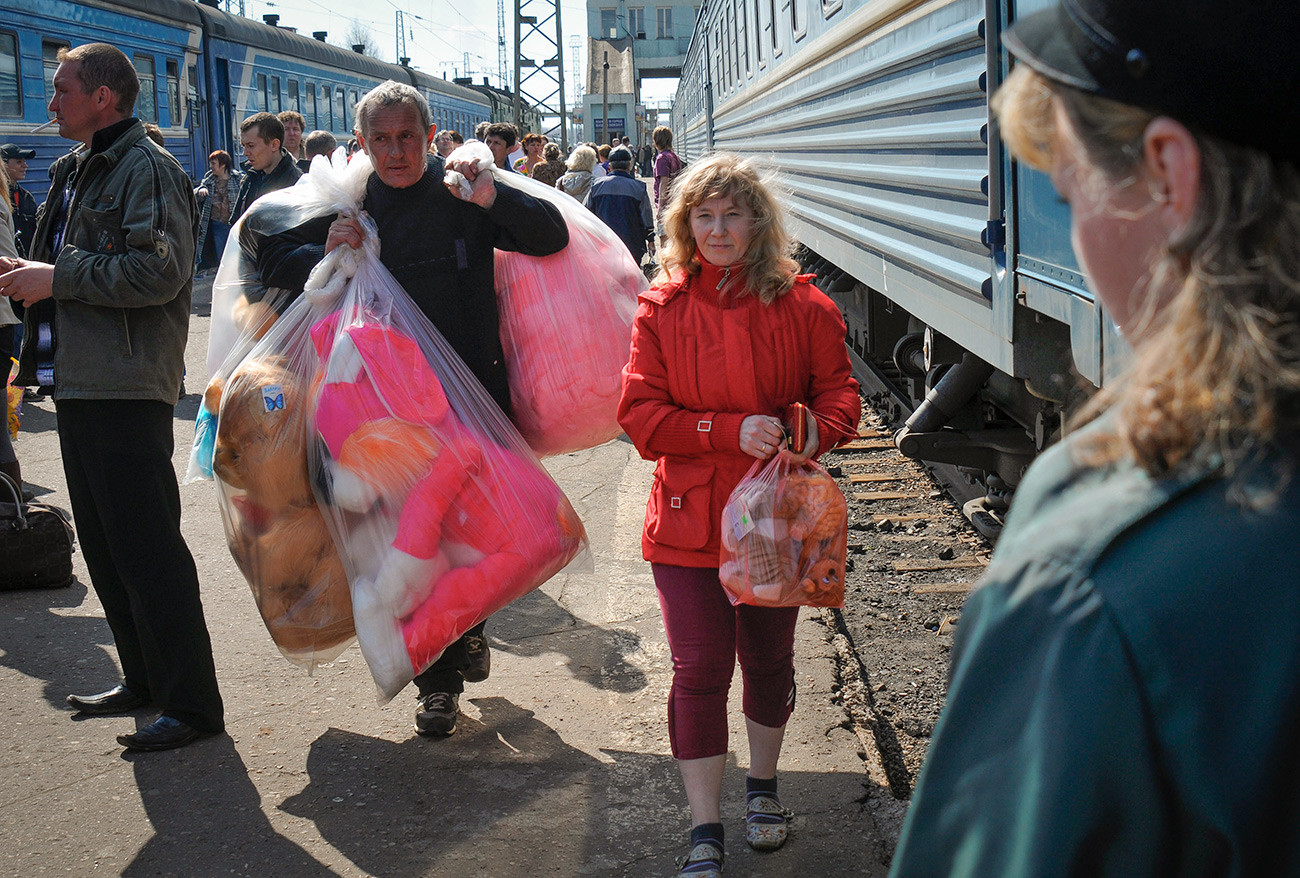
If it’s exotic you want, go ahead. But be careful with food—you don’t know how many days or months (years?) old it is. And never buy meat pies, unless you enjoy being poisoned.
Even non-meat pies are a game of Russian roulette: you ask for one with cabbage and one with apple (in perfect Russian, of course), and when you get back to your compartment, you’ve got two with potato (or something worse).
Reason 6: Price
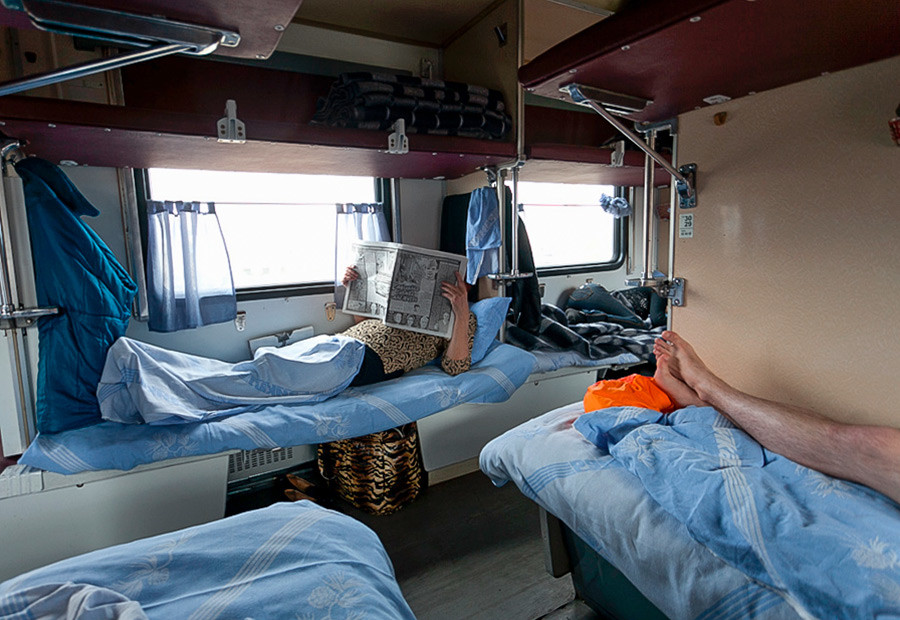
The seven-day clickety-clack ride costs at least the same as a nine-hour flight. A one-way ticket costs 5-13,000 rubles in a sitting carriage (with a reserved seat), and 20-25,000 in a sleeper (there's also a deluxe compartment for 55,000—seemingly for wealthy people afraid of flying). Meanwhile, a direct flight there and back costs 23,000 rubles (if bought long in advance, it should be said).
***
Still ready to ride the “Transsib” (as it’s known in Russian)? Then get inspired by these foreigners who lived to tell the tale:
- A brown man in Russia: Lessons learned on a Trans-Siberian rail journey
- A foreigner’s eye view of crossing Russia in a Trans-Siberian train
- Across Siberia on the cheap: 6 tips for travelers on a budget
- On the Trans-Siberian
If using any of Russia Beyond's content, partly or in full, always provide an active hyperlink to the original material.
Subscribe
to our newsletter!
Get the week's best stories straight to your inbox